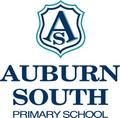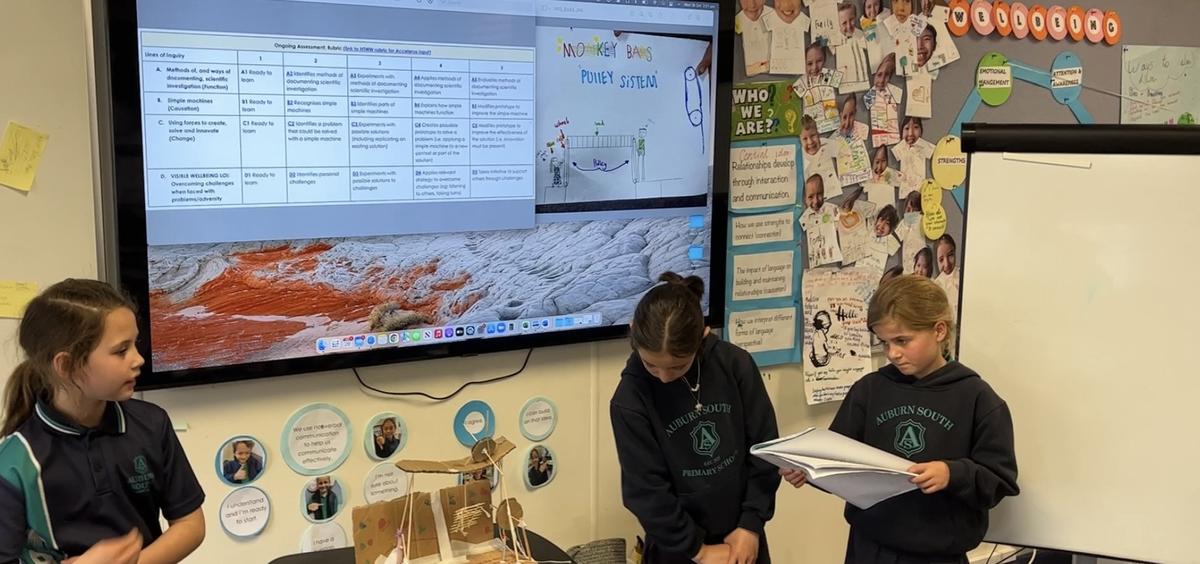
Assessment @ ASPS
Making assessment practices more transparent
Using rubrics for assessment and goal setting
This follow-up to the first instalment of Report and Assessment at ASPS illustrates how both teachers and students actively use the very same rubrics that will appear in student reports in the classroom and collaborative planning.
How do teachers make these rubrics and what do they do with them?
For the Grade 3 unit of inquiry, the teaching team met together (as they do weekly) to map out what each line of inquiry might look like in increasingly sophisticated levels of understanding. Typically, the SOLO Taxonomy is used to guide the use of performance verbs to ensure that each level on the rubric is something that can be spoken about, made, written about, or performed – basically, is each square of the rubric clearly performable, and differentiated from those before and after it?
The image below shows the result of what they made and what you will see in reports:
What purpose do rubrics serve?
Teams (and all other teams) plan their learning engagements to be sufficiently open-ended so that a range of rubric points might be evidenced by students. This moves classrooms away from a single learning engagement attempting to address a single level of understanding, toward one learning engagement (or a sequence) planned in such a way that it reveals a broad range of understandings that students are ready to show. Through articulating the levels of understanding of a line of inquiry, teachers have a clear basis to work from when collaboratively planning, freeing their discussion time up to better address the needs of students, and to design curriculum that is relevant, challenging and engaging.
The image below illustrates how students use rubrics on-the-go to reflect on learning and self-assess. Teachers use this ‘data’ (things that students do, say, make, and write all day, every day) to identify next steps for learning.
The final image shows teachers sharing and discussing their findings in a collaborative planning setting - this is reporting in action. Teachers bring samples of data that were generated throughout the week and discuss these samples in relation to the rubrics. If the samples don’t align, or understandings have emerged that are beyond the scope of the rubric, then revisions are made to cater for ongoing student needs.
Hopefully this short article gives you some insight into how teacher create, use and revise the rubrics you will engage with in your child’s end of year reports. Next week we will dive further into how students use rubrics in the classroom.
Understanding How Students are Assessed and the New Student Report
Our annual Parent Opinion Survey has indicated that families would like to better understand how their children are assessed.To assist family engagement with your child/ren's reports (which will be available via XUNO from next Tuesday 20 December), please visit the Assessment @ ASPS newsletter page and view the short videos via the link below.



